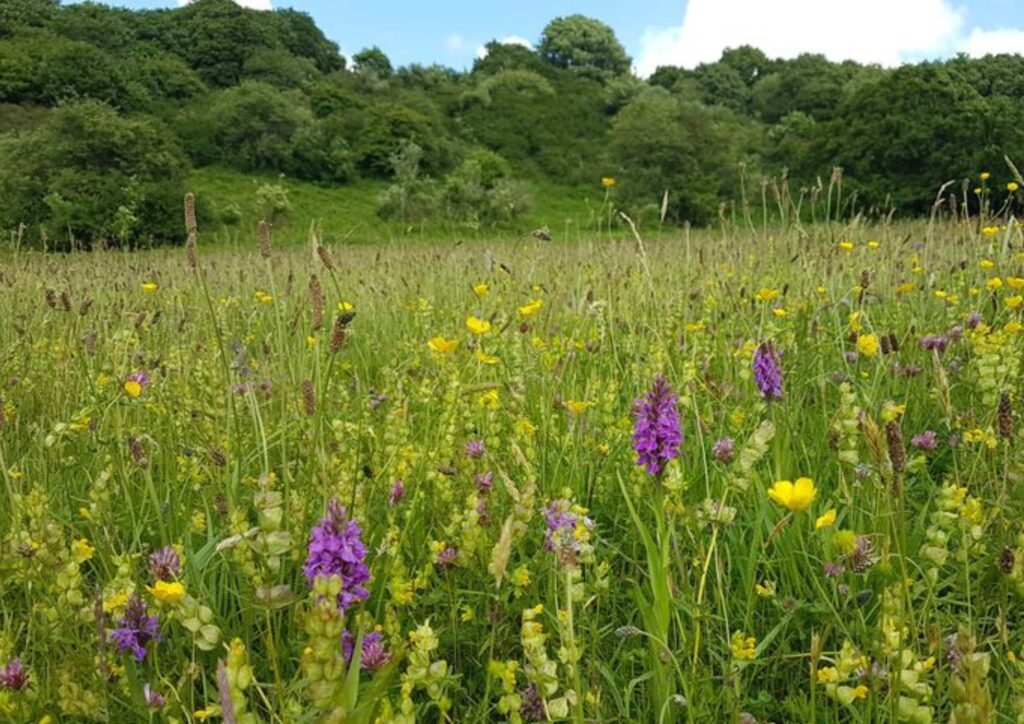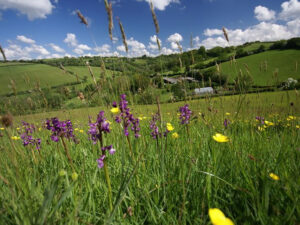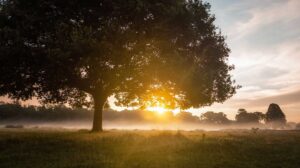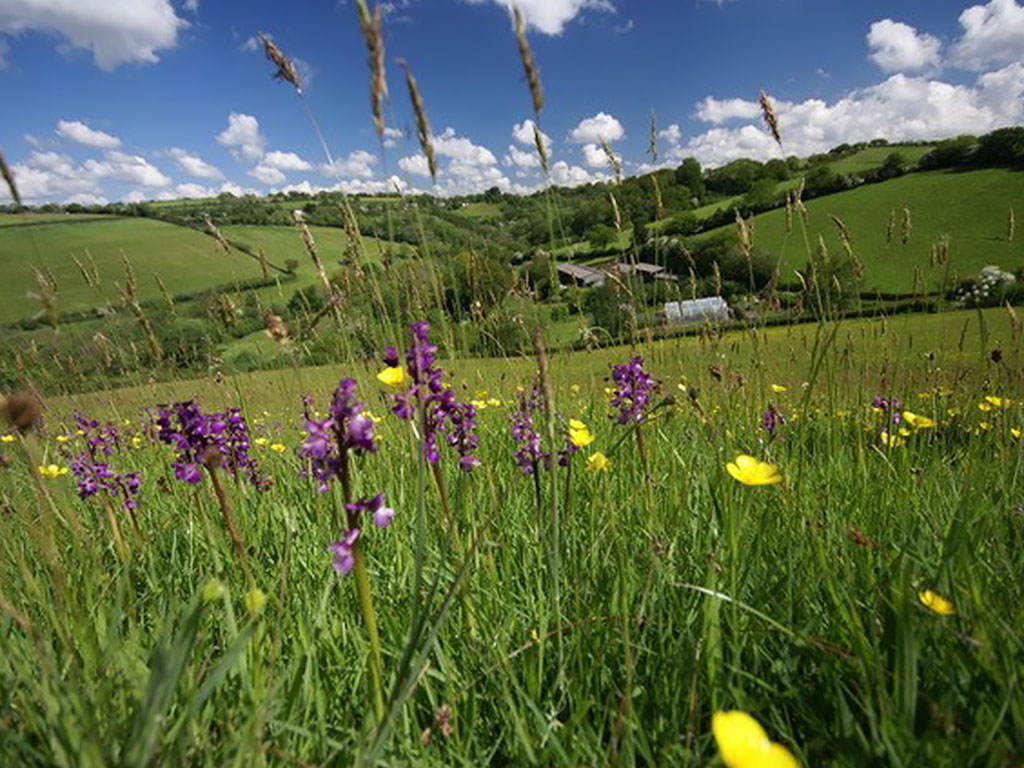What wildlife-rich looks like:
Flower-rich grasslands provide essential pollen, nectar and seeds and can support rare plants. Old grass tussocks and long grass provide essential shelter and food for small mammals, ground-nesting birds and invertebrates. Bare ground in shorter swards provides basking and nesting sites for invertebrates such as bees. Wildlife-rich grasslands are found in mosaics with trees, hedges, patches of scrubLand with thick vegetation that includes wildflowers, grasse... More, watercourses and ponds. In the summer they’re full of colour and the sounds of birds and buzzing insects.





